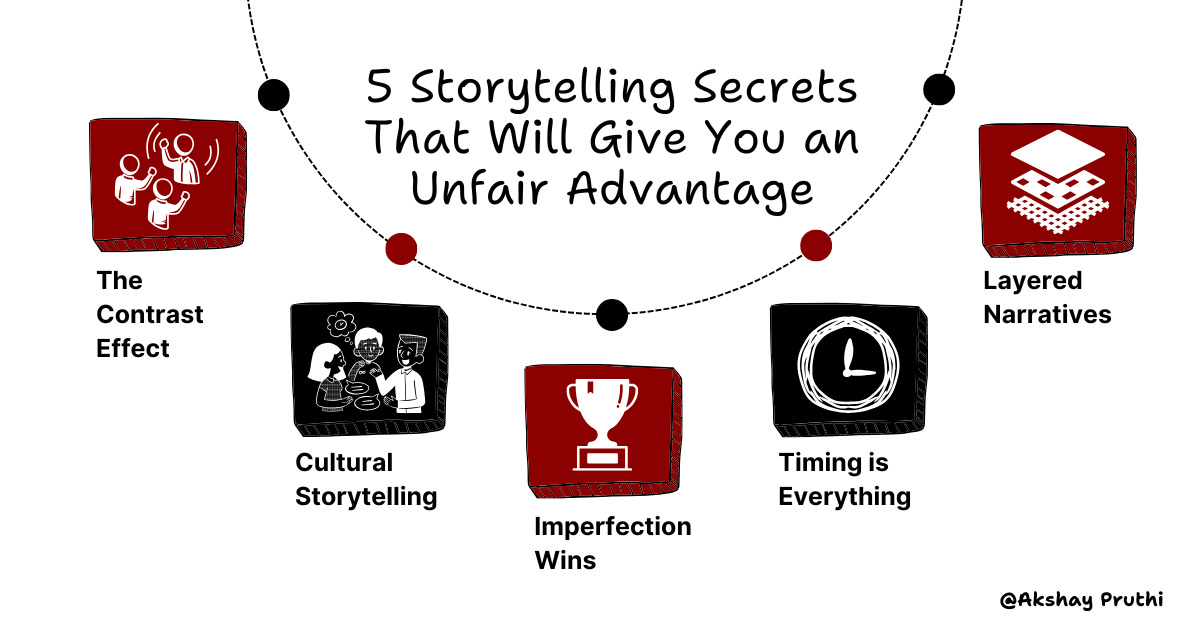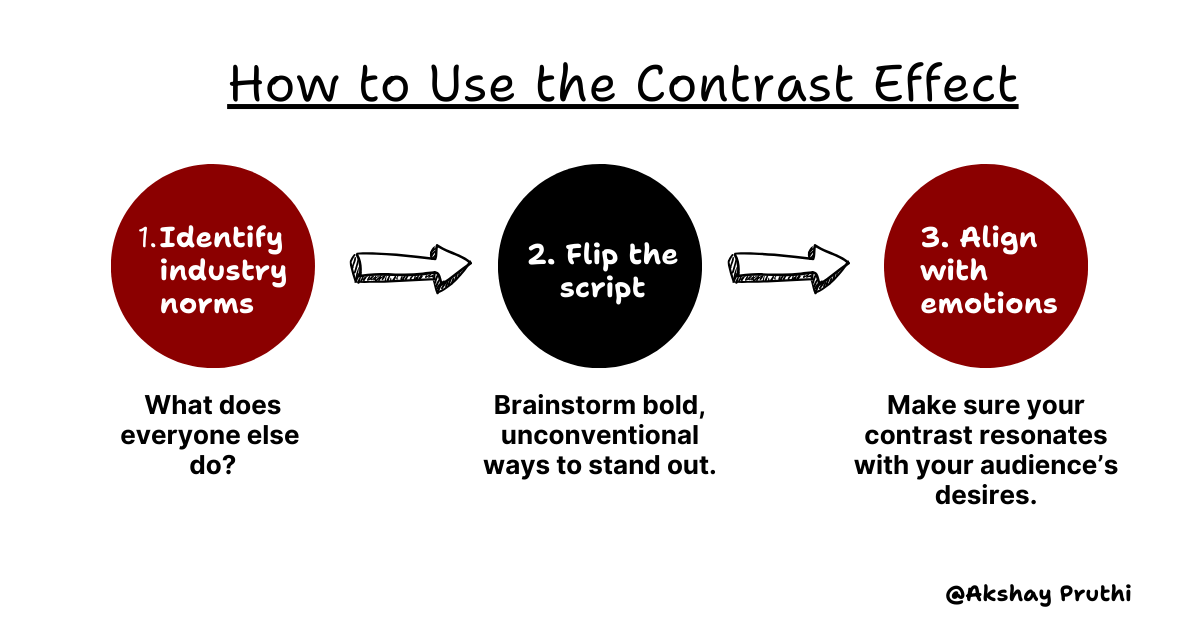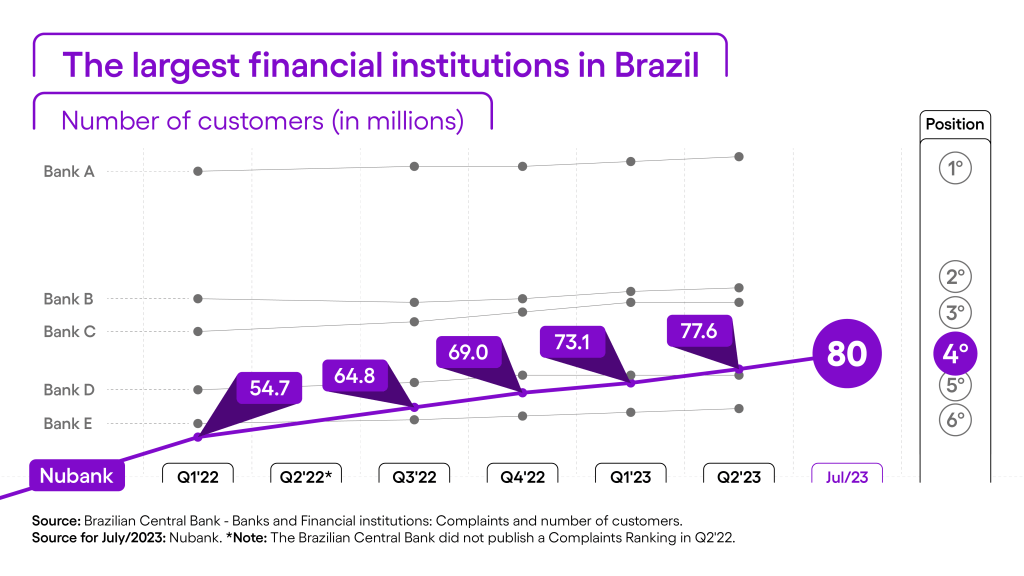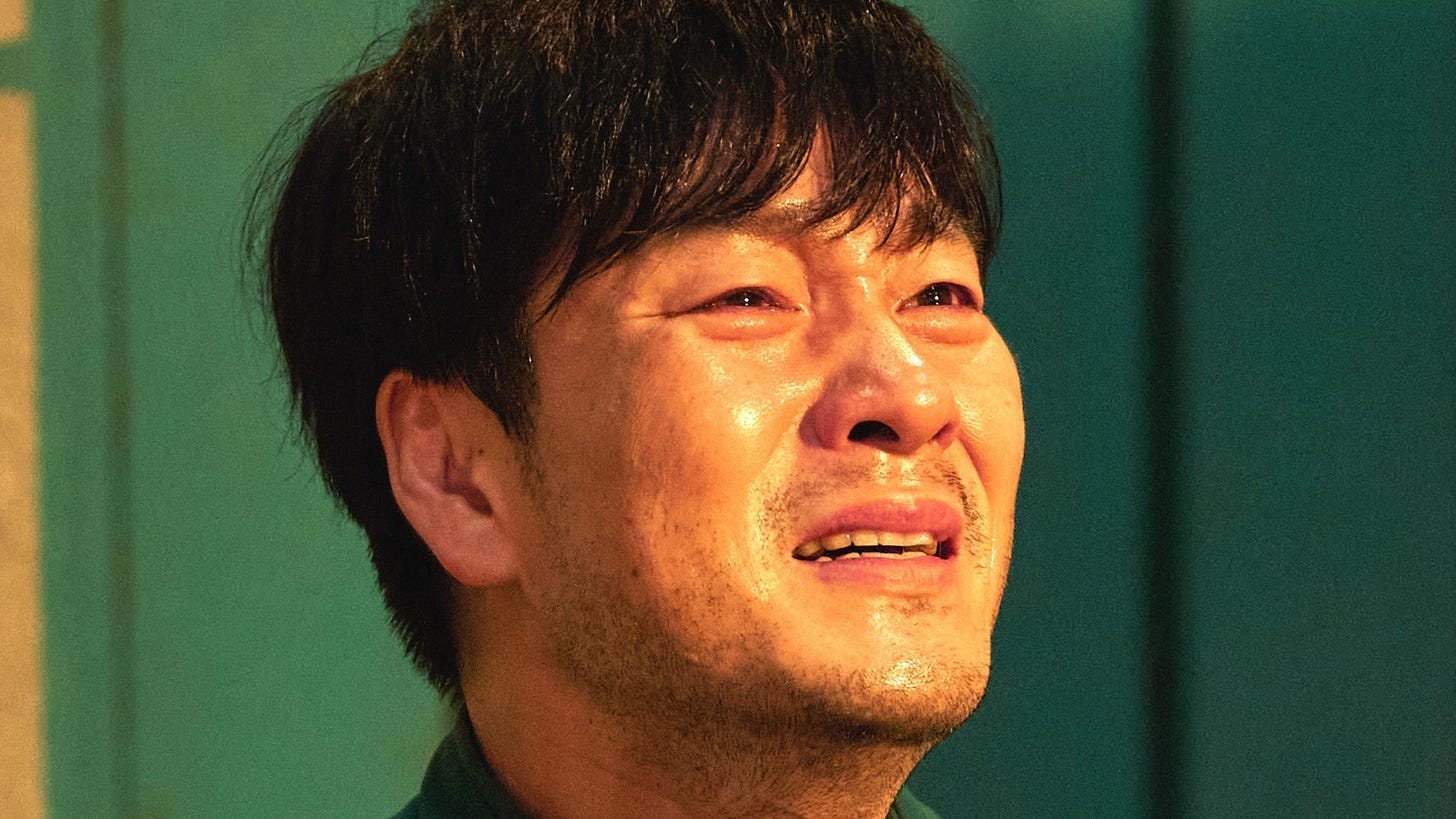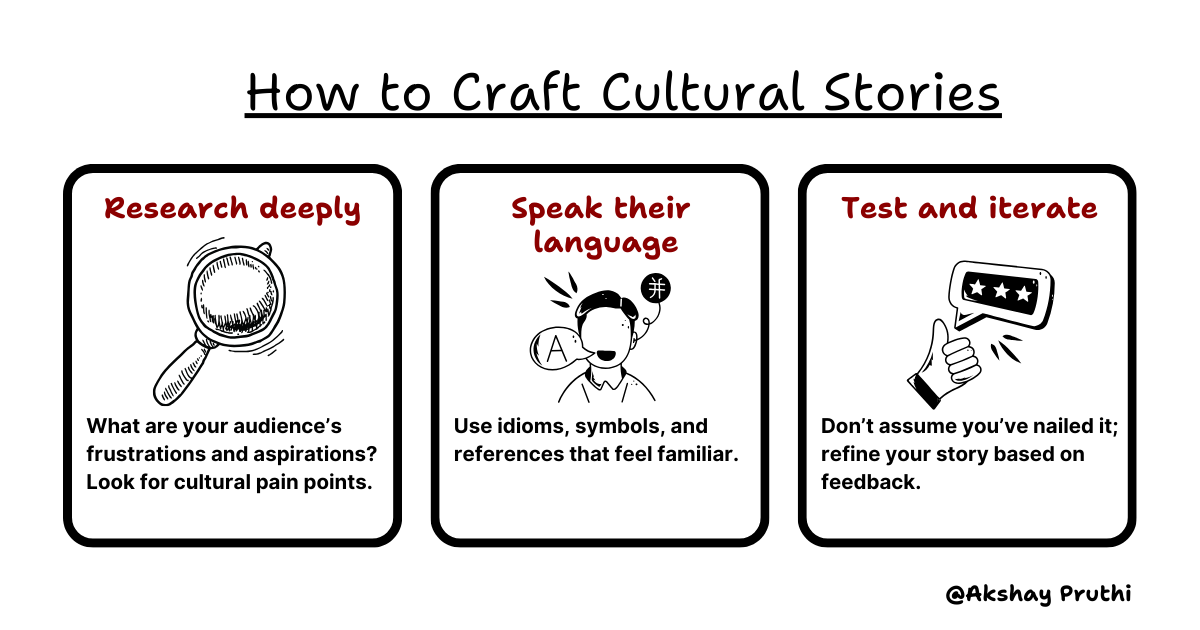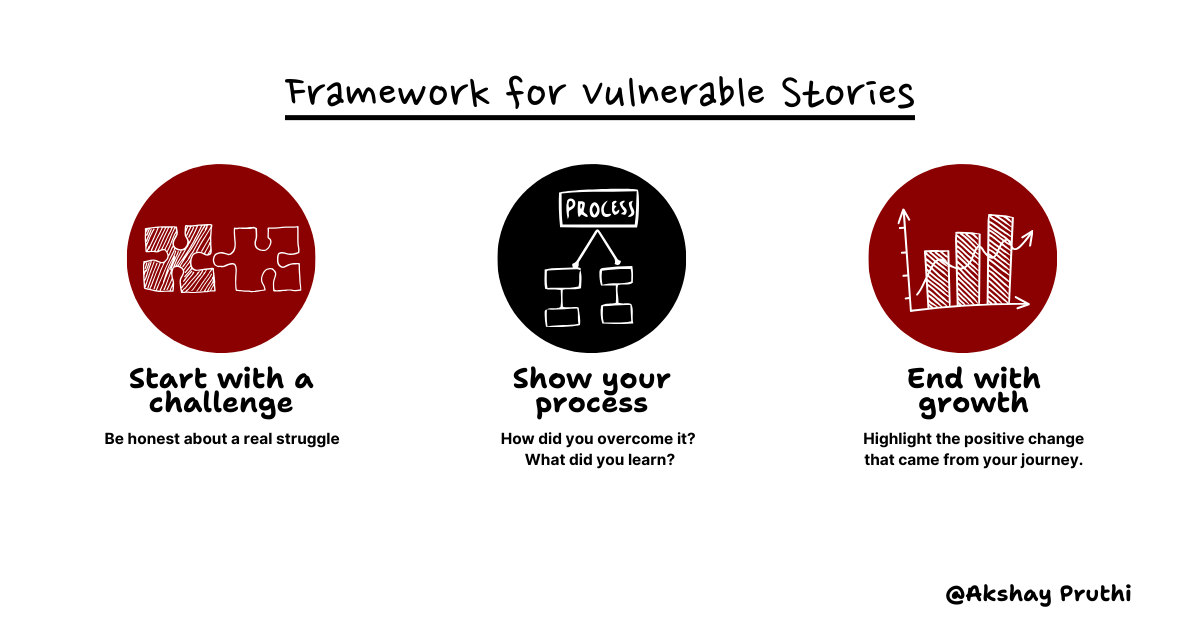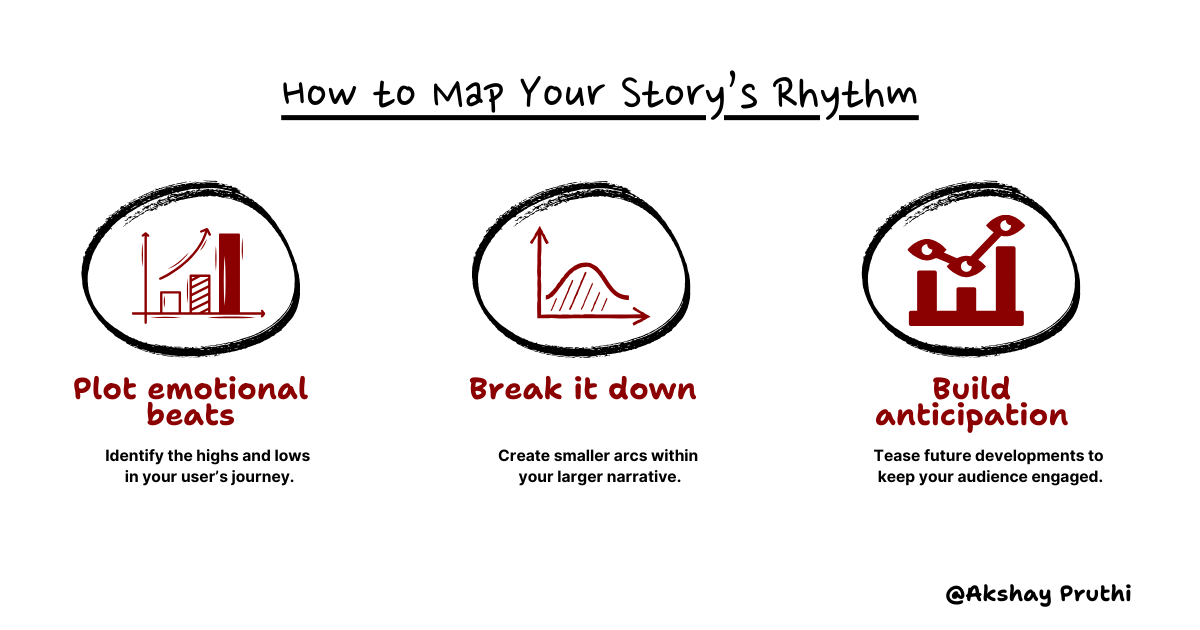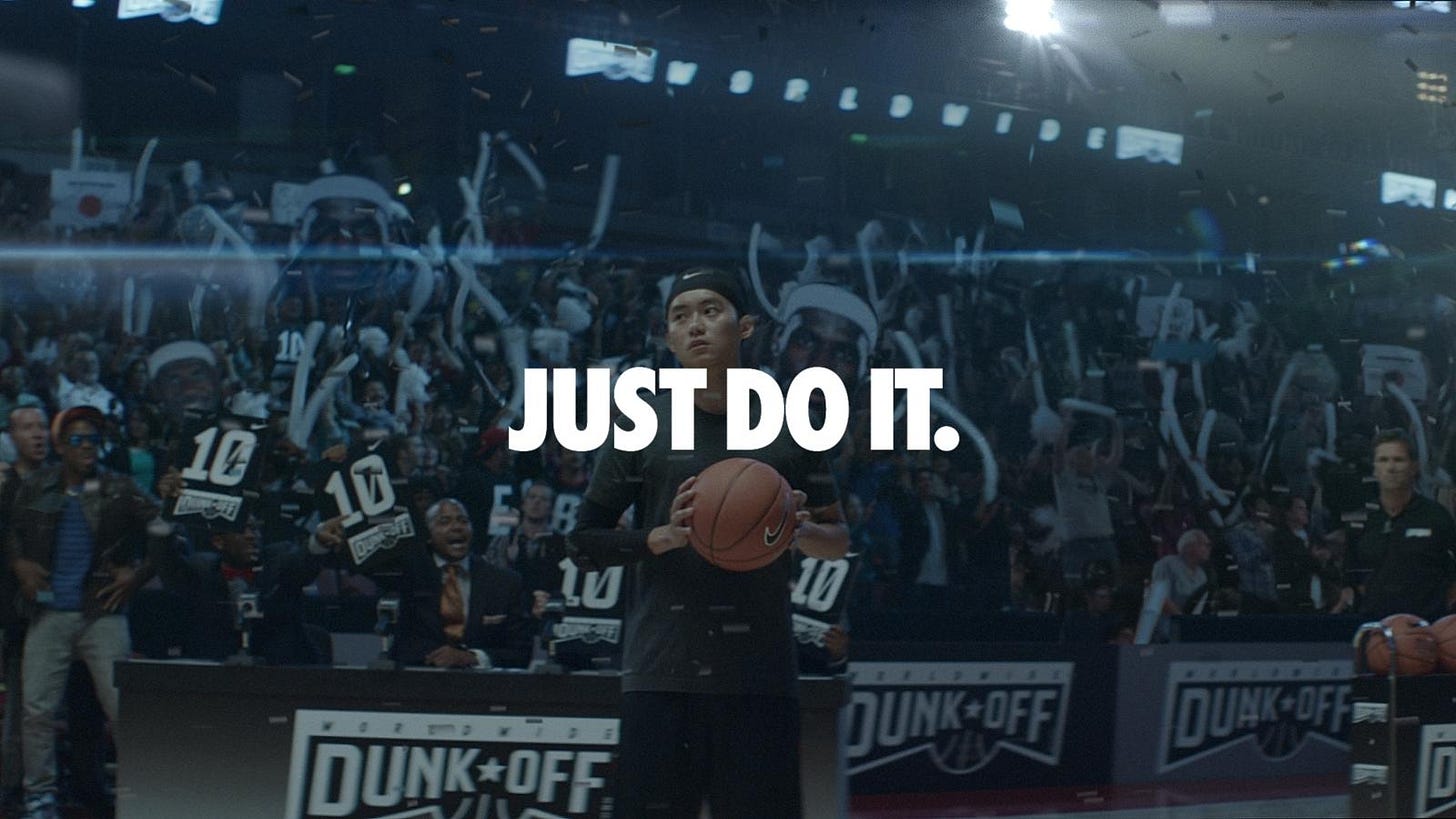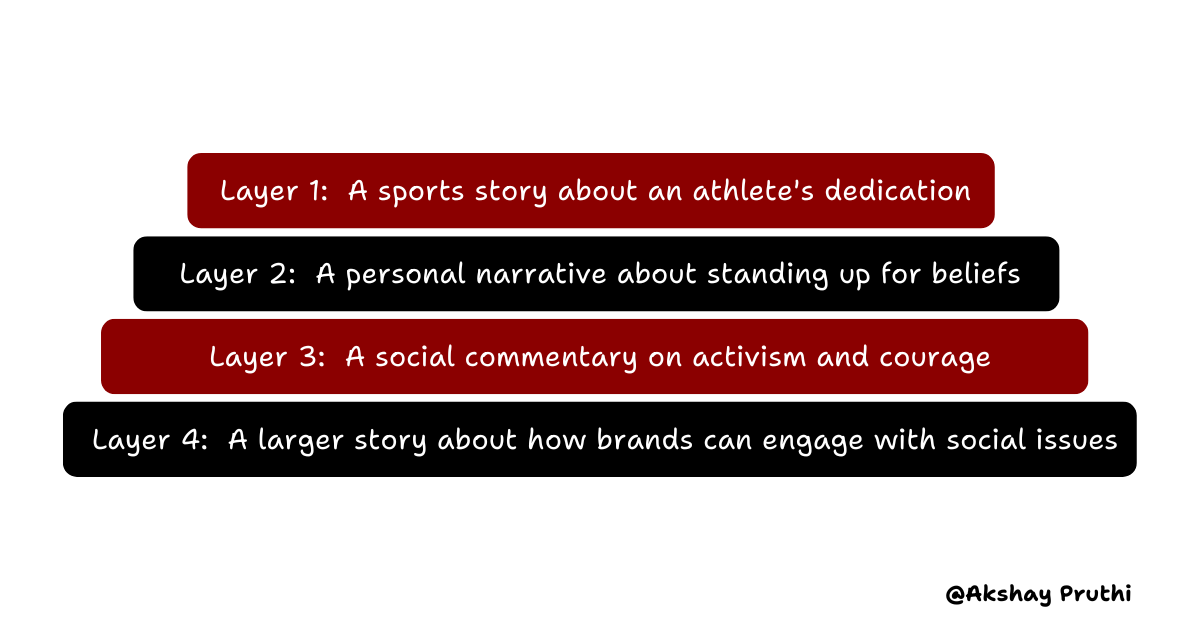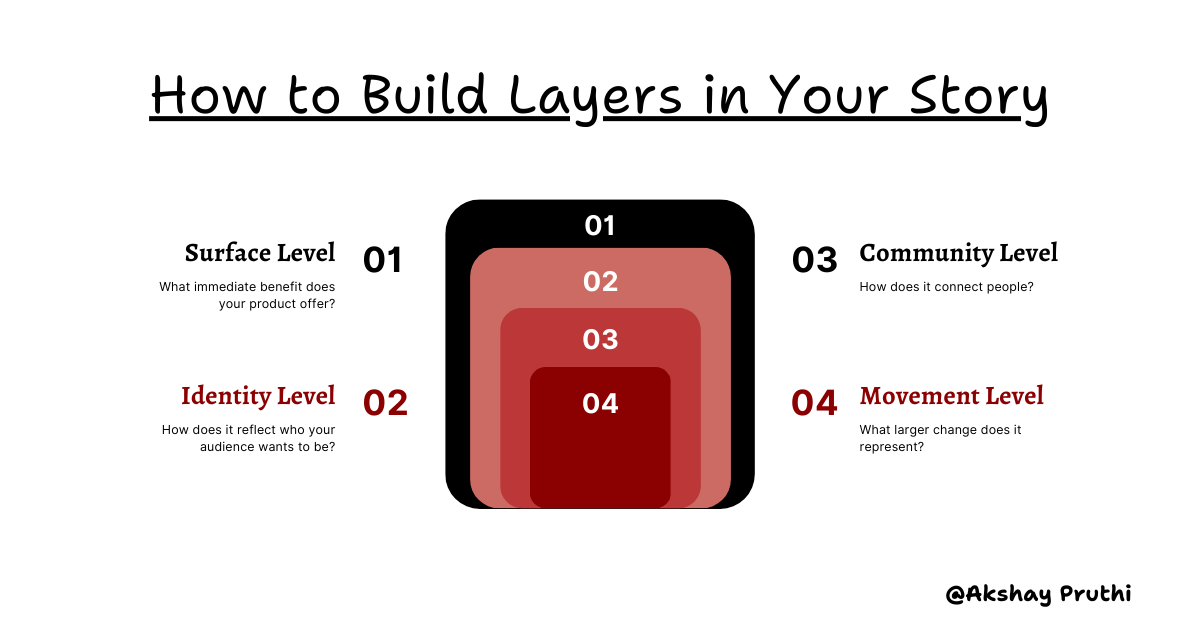5 Storytelling Secrets That Will Give You an Unfair Advantage
The bold, primal strategies that leave competitors in the dust.
Hey Product Lovers! 👋
Let me take you back to a moment that changed everything for me.
Picture this: I'm standing in front of a room full of stakeholders. I've spent six months crafting a new product feature. I've got data, wireframes, and what I think is the pitch of a lifetime. Yet, as I finish speaking, the silence is deafening.
Blank stares. Polite nods. Not a single spark of enthusiasm.
Later that evening, feeling dejected, I'm sipping a cup of lukewarm coffee in the break room. That's when our office cleaner starts telling a story about her daughter's first day at school. The way she describes it - the nervousness, the colorful backpack, the tearful goodbye - has everyone completely hooked. For five minutes, she owns the room.
That's when it hit me: I had been thinking about product storytelling all wrong. Technical excellence and data weren't enough – we needed something deeper, more primal.
This realization led me down a rabbit hole of neuroscience, behavioral psychology, and global marketing strategies.
What I discovered transformed how I approach product development, and today, I'm sharing the most powerful (and least discussed) insights!
What You’ll Learn Today:
How brands like Nubank, Netflix, Liquid Death, and Gojek use storytelling to build unshakable connections
How to use the Contrast Effect to make your story stand out from the noise
The art of Cultural Storytelling and connecting with audiences on a deeper level
Why embracing Imperfection can make your story more relatable and trustworthy
The importance of Timing in building and sustaining narrative momentum
How to create Layered Narratives that resonate across multiple audience dimensions
We’ll dive into compelling case studies for each principle and provide actionable steps to help you implement these storytelling techniques effectively.
The Contrast Effect: Why Some Stories Cut Through the Noise
Remember when everyone was creating minimalist, clean designs? That's exactly when Liquid Death burst onto the scene, selling water in tall boys with heavy metal branding and the tagline "Murder Your Thirst." Their story wasn't just different – it was deliberately opposite to every convention in the bottled water industry.
The result? They hit a $1 billion valuation selling something you can get for free from your tap.
What makes this work? It's called pattern interruption, and our brains are hardwired to notice it.
How Gojek Turned Jakarta's Chaos into Gold
While most ride-hailing companies pushed a premium, sanitized image, Gojek leaned into the beautiful chaos of Jakarta’s streets. They turned their motorcycle taxi drivers – the ojeks into the heroes of their story. One of their most memorable campaigns featured Pak Slamet, an ojek driver for 15 years.
The campaign showed his daily routine:
Waking up at dawn
Navigating flooded streets during monsoon season
Helping elderly passengers with groceries
While competitors showcased sleek cars and suited executives, Gojek celebrated the grit and heart of everyday Indonesia.
The impact was profound.
A 2019 study by the University of Indonesia found that 87% of local consumers felt a stronger emotional connection to Gojek compared to other ride-hailing apps, specifically citing the company's authentic representation of Indonesian culture. The contrast wasn't just in their marketing – it permeated their entire business model.
They built features specifically for local needs, like the ability to order multiple rides for family members or pay with cash.
A $10 Billion Transformation
Today, Gojek has expanded beyond ride-hailing into a super-app offering everything from food delivery to digital payments. Their valuation has soared past $10 billion, but more importantly, they've become deeply woven into the fabric of Indonesian society. They didn't just transport people; they transformed how an entire nation thinks about local entrepreneurship and technology.
Here’s the funny thing about contrast:
We think we need to shout louder to be heard. But sometimes, it’s just about zigging 😀 when everyone else zags 🤔
Example: If you’re in a fitness industry focused on high performance, create a campaign celebrating rest and recovery instead. Show people that “success” isn’t just about doing more; it’s about balance.
Speaking of understanding your audience, there's something even more powerful than standing out - it's speaking directly to people's hearts in a language they truly understand.
Cultural Storytelling: Speak Their Language (Literally and Figuratively)
Think of a time when you felt truly understood. Maybe someone referenced a local saying or tradition that struck a chord. That’s what cultural storytelling does - it connects by acknowledging unique experiences.
How One Bank Spoke Brazil's Language
The transformation of Nubank in Brazil illustrates this perfectly. In a country where banking was synonymous with frustration, people would literally schedule entire days off work just to visit their bank.
Nubank didn’t just launch as another digital bank—they built their entire narrative around liberation from what Brazilians call burocracia bancária (the suffocating banking bureaucracy). This wasn’t just a service upgrade; it addressed a shared national pain point that resonated deeply with their audience.
Real Stories That Struck Gold
Their early marketing campaigns struck gold by featuring real Brazilians sharing their banking horror stories. One particularly powerful ad showed a small business owner recounting how she spent three hours in line, only to be told she needed to come back with more documents.
The tagline “Seu tempo vale mais que isso” (Your time is worth more than this) - This simple yet profound message became a rallying cry for a nation tired of inefficiency.
A study by the University of São Paulo tracked Nubank’s growth from 2014 to 2020 and revealed that their cultural resonance went far beyond convenience. The research showed that:
73% of early adopters cited the bank’s understanding of their frustrations as the primary reason for choosing Nubank. This cultural connection turned it into more than just a bank - it became a symbol of empowerment.
Why This Matters?
Nubank’s success highlights a key takeaway: Businesses that truly listen to and reflect the cultural experiences of their audience build lasting connections. By acknowledging a shared pain point, Nubank positioned itself not just as a service provider, but as a champion for change.
So next time you think about storytelling, ask yourself: Are you speaking your audience’s language - both literally and figuratively?
The power of cultural storytelling extends beyond banking!
I find it fascinating how the best cultural stories aren't just translated - they're transformed. Take what Netflix did in South Korea.
Instead of simply dubbing their content, they invested heavily in understanding Korean storytelling traditions. They studied the concept of "han" – a uniquely Korean feeling of collective struggle and resilience – and incorporated it into their original productions.
The result? "Squid Game" became a global phenomenon not despite its deep Korean cultural roots, but because of them. The show's exploration of debt, family obligation, and social hierarchy resonated first with Korean audiences, then rippled outward to capture global attention.
A 2022 study in the Journal of Cultural Economics found that culturally specific content, when authentically presented, actually travels better internationally than "culturally neutral" content.
Example: When Airbnb entered Japan, they didn’t just sell “a place to stay.” They embraced the Japanese concept of “omotenashi” (hospitality), emphasizing connection and personal touches in their marketing.
But here's what really gets me excited - the moment I learned that perfection isn't just overrated, it's actually counterproductive.
3. Imperfection Wins: The Power of Vulnerable Stories
You know what I love most about real conversations? They're messy. They have tangents, awkward pauses, and moments where we stumble over our words. And somehow, that's exactly what makes them real.
I learned this lesson the hard way. For years, I polished every presentation until it gleamed. But something magical happened when I started sharing the behind-the-scenes struggles - people actually started listening.
When Glossier Got Real with Their Customers
When founder Emily Weiss launched her beauty brand, she could've played it safe. Beauty industry playbook, page one: Show perfection. Sell dreams. Never admit mistakes.
Instead, she did something radical - she showed the mess. Remember their 2016 sunscreen debacle? Instead of sweeping it under the rug when they discovered inconsistent SPF protection, they wrote a blog post that changed everything. They shared it all:
The excitement of development
The gut punch of failed tests
Even the tears shed in the lab
Here's what blew my mind: their blog engagement shot up 300% that week. But the real magic? Customer trust jumped 47%. They weren't just selling skincare anymore - they were telling a human story about trying, failing, and trying again.
The Science of Vulnerability
Research from Harvard Business School provides fascinating insight into why this works. A 2023 study examining brand authenticity found that companies that openly shared their challenges saw a 32% increase in customer loyalty compared to those maintaining a perfect facade.
The researchers termed this the "authenticity advantage" – the counterintuitive finding that admitting imperfection actually builds stronger connections than projecting perfection.
This also reminded me of the “pratfall effect!” It was discovered by psychologist Elliot Aronson which shows that people find you more relatable when you admit flaws. It’s why vulnerability builds trust and loyalty.
Example: If your app struggled with glitches during its early days, share how customer feedback helped you fix them. Include quotes from users who saw the improvement firsthand.
Now that we’ve explored the power of vulnerability, let’s shift gears and talk about why timing - and how you tell your story over time - can make or break your narrative.
4. Timing is Everything: Mastering Narrative Pacing
Speaking of human nature, here's something that keeps fascinating me: why can we binge-watch an entire Netflix series but struggle to sit through a five-minute product demo? It all comes down to how the story unfolds.
Think about your favorite TV show for a moment. They don't reveal the killer in episode one, right? Each revelation is carefully timed to keep you hooked. This isn't just clever entertainment - it's deep psychology at work.
How BYJU's Made Learning Personal
I saw this play out beautifully in BYJU's journey from a small tutoring startup to a global education giant. Instead of going the typical edtech route ("Learn coding in 30 days!"), they did something different - they embraced the slow burn of real learning.
During the pandemic, BYJU’s launched a campaign that followed Priya, a 12-year-old from rural India, for six months.
Week one: Priya struggles to log into online classes.
Month three: She masters basic concepts.
The finale: Priya teaches her younger siblings.
Every week, parents across India tuned in to see Priya’s progress. They weren’t just watching a success story - they were seeing their own children’s potential journey unfold.
The Science of Pacing
The researchers at Stanford's Memory Lab found that our brains retain 63% more information when it's delivered in well-paced stories rather than dumped all at once. It's like the difference between sipping a fine wine and chugging it - same content, completely different experience.
Why Apple Makes Us Wait (And Why We Love It)
They don't simply announce features – they craft a months-long journey of hints, teasers, and revelations. The anticipation becomes part of the story.
Take the Vision Pro launch, for example:
They began with abstract concepts about the future of computing. Gradually, they revealed technical capabilities. Finally, they showcased real-world applications. Each phase built upon the last, creating narrative momentum that turned a product launch into a cultural moment.
Example: Instead of announcing a product’s features all at once, release them in phases. Share the “why” behind each feature, building a larger story over time.
Now, here's where things get really interesting. The best stories I've encountered aren't just single threads - they're whole tapestries woven with multiple layers of meaning.
5. Layered Narratives: Stories Within Stories
Great stories work like Russian dolls – open one, and you'll find another waiting inside. This layered approach transforms simple product stories into rich narratives that resonate on multiple levels.
When Nike Stood for Something Bigger
On the surface, it’s about sports. Simple, right? But pull that thread, and suddenly you’re exploring human potential. Pull it further, and you’re diving into social change. Their Colin Kaepernick campaign hit me like a ton of bricks. Just a close-up of his face with those words:
“Believe in something. Even if it means sacrificing everything.”
Every time I analyze this piece, I find another layer:
This layering isn't just artistry - it's strategy backed by science. Recent research shows that these "narrative resonance chambers" (love that term!) create 2.7 times more engagement than flat, single-layer stories.
'Dream Crazy' - Colin Kaepernick Nike Ad 2019
Calm’s Bedtime Stories: Genius in Layers
I see this layering work every day with apps like Calm. Sure, they're selling meditation sessions. But scratch the surface, and you'll find a story about reclaiming peace in our chaos-filled world. Go deeper still, and you're part of a global movement reimagining mental health.
Their bedtime stories feature? Pure genius. It’s not just about falling asleep, it’s about:
Reconnecting with that childlike sense of wonder
Finding moments of peace
Being part of a community that values mental well-being
Each layer adds meaning, making the story richer and more resonant.
Example: If you sell eco-friendly products, your surface story might be about sustainability. But your deeper narrative could highlight personal responsibility, community action, and global environmental impact.
So there we have it - five powerful elements that transform ordinary stories into unforgettable narratives. From the pattern-breaking power of contrast to the richness of layered storytelling, each principle adds another dimension to our narrative toolkit.
The Story Comes Full Circle
You know what keeps me up at night sometimes? I think about that office cleaner who schooled me in the art of storytelling without even trying. Here I was, a professional with fancy slides and data points, and she captured more hearts in five minutes than I did in an hour-long presentation.
But that's the thing about great stories – they find us in the most unexpected places. They remind us that underneath all our sophisticated strategies and carefully crafted presentations, we're still just humans who light up at the words "Let me tell you what happened..."
These past few months, as I've watched stories transform products into movements and ideas into revolutions, I've realized something profound: we're not just telling stories.
We're creating connections that ripple out in ways we can't even imagine.
It's not about following a formula or checking boxes. It's about finding the courage to tell stories that matter, stories that move, stories that make people feel something.
So here's my challenge to you: Take that story you've been sitting on. You know the one – maybe it's about your product, your team, or that wild idea you haven't dared to share yet. Look at it through these new lenses we've explored. Where's the contrast? What cultural truths does it tap into? What makes it beautifully imperfect?
And remember, every great story started with someone thinking, "Maybe this isn't worth telling." Trust me – it is.
Until next week,
Akshay
P.S. If today's letter sparked something in you, share it with someone who has a story burning to be told. Sometimes the best stories are born when we help others find their voice.





